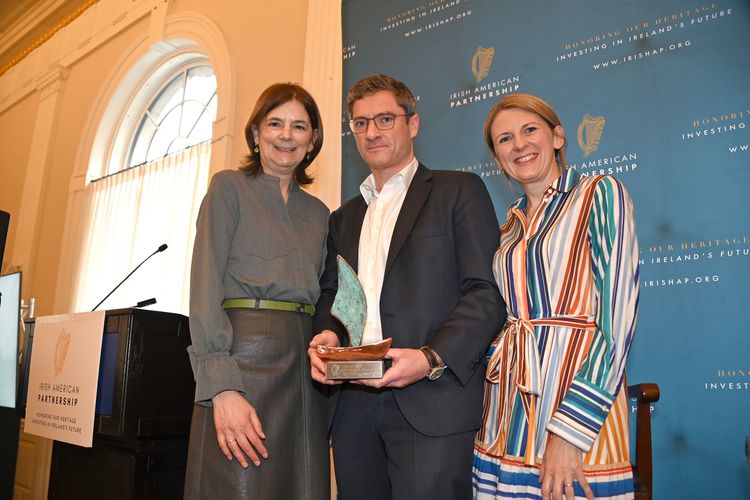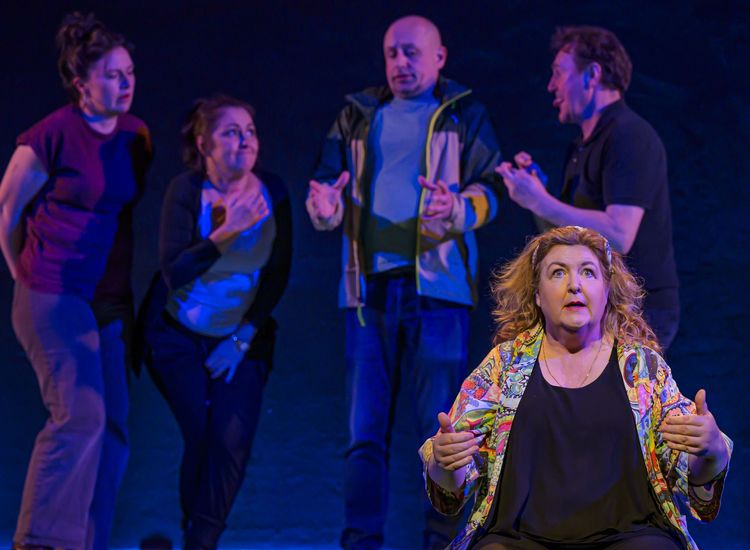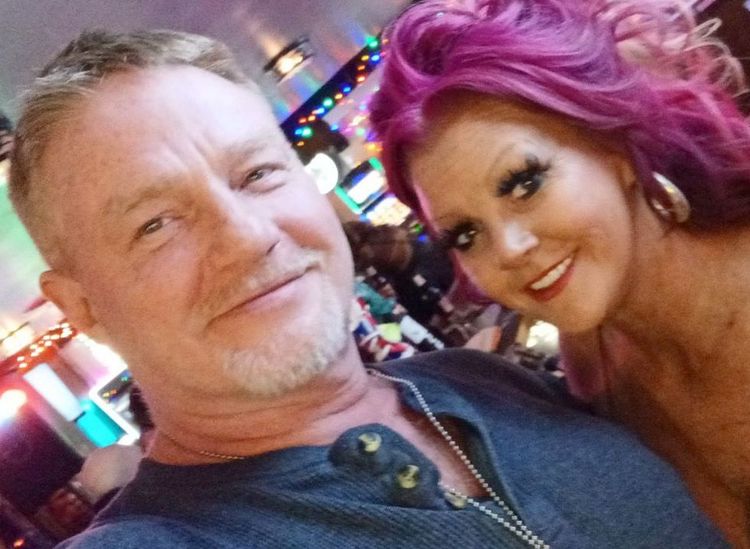Michael B. Barry.
Page Turner / Edited by Peter McDermott
Is Michael B. Barry an engineer who writes about history, an Irishman who writes about countries far away, or a Cork native who writes about Dublin? Well, actually, all of the above.
His latest is being added to his growing list of works about Ireland’s capital. “Bridges of Dublin: The remarkable story of Dublin's Liffey bridges” is about what the publisher Four Courts Press tell us are “portals to the city’s past, revealing tales of bloody battles, political intrigue, innovative engineers and architects, dubious developers and romantic liaisons.”
The oldest surviving was rebuilt as Queen’s Bridge shortly after a flood swept away the existing structure in 1763. It was renamed for Queen Maeve in 1922 before officially becoming Mellows Bridge in 1942. The most recently built of the current 24 is Rosie Hackett Bridge, which opened in 2014.
But the story, which Barry tells with another expert on the subject Annette Black, also goes back to bridges long gone, such as the four that were built in a 14-year period during Dublin’s expansion in the 17th century and, much further back, the wooden bridges of Viking times.
“They are interesting structures in their own right, but are very much interweaved with the long history of Dublin city,” said Barry, who after working on Ireland’s railway system was employed as a consultant on transport projects around the world.
Michael B. Barry
Date of birth: Aug. 20, 1949
Place of birth: Cork
Spouse: Veronica
Children: Michael, Captain, Irish Defence Forces, read the Proclamation at the City Hall 1916 commemorative ceremony last Easter Monday; Olivia, works in branding in London.
Residence: Rathgar, Dublin
Published works: “Across Deep Waters, Bridges of Ireland”; “Restoring a Victorian House”; “Through the Cities, the Revolution in Light Rail”; “Tales of the Permanent Way, Stories from the Heart of Ireland’s Railways”; “Fifty Things to do in Dublin”; “Dublin’s Strangest Tales” (with Patrick Sammon) “Bridges of Dublin, the Remarkable Story of Dublin’s Liffey Bridges” (with Annette Black) “The Green Divide, an Illustrated History of the Irish Civil War”; :Courage Boys, We are Winning, an Illustrated History of the 1916 Rising”; “Victorian Dublin Revealed, the Remarkable Legacy of Nineteenth-Century Dublin”; “Homage to al Andalus, the Rise and Fall of Islamic Spain”; “Beyond the Chaos, the Remarkable Heritage of Syria.”
What is your writing routine? Are there ideal conditions?
9 to 5 or longer. Seated in front of my computer, surrounded by a chaotic sprawl of good reference books.
What advice do you have for aspiring writers?
Don’t hesitate: set down the first paragraph or page. It gets easier after that.
Name three books that are memorable in terms of your reading pleasure.
“The Islander” by Tomás Ó Criomhthain – on life in the Blaskets “Get Shorty” by Elmore Leonard. I like this or any other novel by Leonard – I try to follow his writing style, succinct, short sentences. “Napoleon the Great,” by Andrew Roberts. Well written panorama of the life of this exceptional man.
What book are you currently reading?
“A Peace to end all Peace,” by David Fromkin – clear & brilliantly written telling the story of the fall of the Ottoman Empire and the creation of the modern Middle East.
Is there a book you wish you had written?
Working on it.
If you could meet one author, living or dead, who would it be?
A one-day jaunt around Trieste with James Joyce would be fascinating. I guess I’d be paying for the drinks.
What book changed your life?
The first book I wrote on Irish bridges in 1985 – it propelled me into a world of writing many more books.
What is your favorite spot in Ireland?
Looking down from a ridge on Crookhaven Bay in West Cork.
Annette Black_Lord Mayor_Michael Barry
Authors Annette Black and Michael B. Barry present a
copy of “Bridges of Dublin” to Lord Mayor Críona Ní Dhálaigh.
Annette Black
Annette Black is a teacher and writer, and a Dubliner, now living in County Wicklow. She has written for a variety of publications on educational and historical topics. She has broadcast on R.T.E. Radio 1 - also on educational and historical topics. A chance encounter with a friend from abroad and a conversation about Dublin sparked an interest in the bridges over the River Liffey. She researched the history of the bridges and wrote an article for Ireland's Own magazine. This led to her being invited by Dublin City Council to help develop The Bridges of Dublin website (bridgesofdublin.ie). In the almost two years that Black worked with a city council team, she undertook in-depth research on the 24 bridges, unearthing some previously unknown aspects of their history. Her interest is primarily in that historical background and the way in which their construction was central to the growth of the social and economic structure of the city itself. Each bridge is a character in the story of Dublin.











